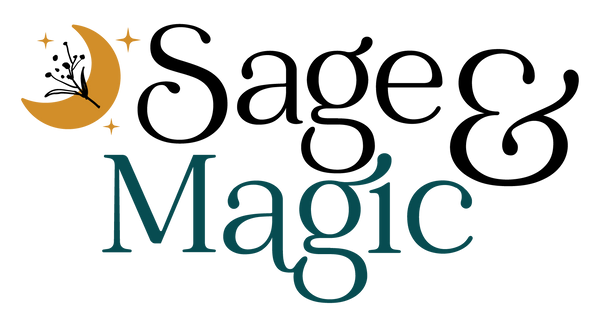
Aspects In Modern Astrology
Share
Aspects are an important part of modern astrology. As the planets move in their elongated orbits around the Sun, they form various angular relationships with one another, using the Sun (or Earth) as the center. These are called Aspects. The most popular aspects result from dividing the circle by numbers like 1,2,3,4, resulting in aspects such as the conjunction (0 degrees), opposition (180 degrees), trine (120 degrees), square (90 degrees), and so forth. When two planets form an aspect with one another, their energies and natures are said to combine and work in harmony or discord. For example, when two planets are exactly on opposite sides of the Sun (earth), they are in opposition.
The most popular aspects can be divided into three main categories:
1. Emphatic aspects: The emphatic aspects are those that emphasize or align two planetary energies with one another. Conjunction (0 degrees)-When two planets at the same point in the zodiac are said to be in conjunctions. Their natures are fused or blended into one.Opposition (180 degrees)-Two planets at opposite sides of the zodiac. The energies are in alignment with each other. They can pull together or apart, depending upon the nature of the planets involved.
2. Hard aspects: Square (90 degrees) and semi-square (45 degrees). These represent challenges, obstacles, and substance. They provide the substance of our life. Too many can block or obstruct the life flow, yet too few can cause life to be weak or thin.
3. Soft aspects: Trine (120 degrees) and sextile (60 degrees). The soft aspects bring ease, clarity, and vision to our lives. We can see, grasp, and understand what is happening. Too few of the soft aspects means we don't know what we are doing or what is happening in our lives, while too many soft aspects make for a life that runs cool, is overly mental, and lacking in substance.
When an aspect is exact, it has its greatest impact. Yet, the effect of most aspects can be felt for some time before and after the moment when it is exact. The range within which an aspect is in operation is called its 'orb of influence', or simply its orb. An orb of one or two degrees of arc on either side of the exact aspect is considered a close or tight orb, while an orb of 10 degrees is loose.
Also worthy of consideration when looking at aspects are the planets involved. Aspects to the Sun and Moon are most important, followed by the planetary aspects involving Mercury, Venus, Mars, Jupiter, Saturn, Uranus, Neptune, and Pluto. If your natal chart has an accurate birth time, then aspects to the chart angles (ascendant and midheaven) are also important. The particular combination can make a difference. Aspects between planets such as Saturn and Mars are obviously more potentially explosive then the same aspect between Venus and Jupiter.
